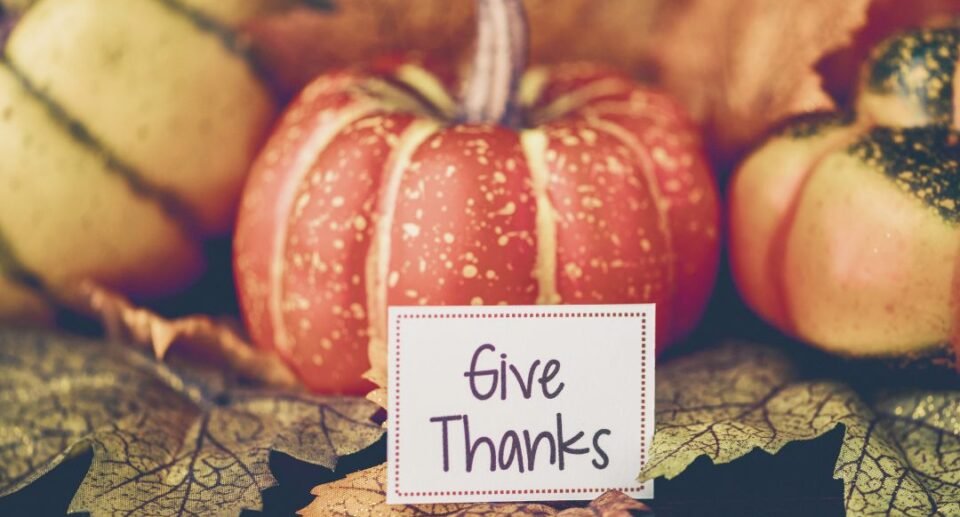Gratitude Journaling: How Writing it Down Can Change Your Life

The other day, I was watching this YouTube video by Ali Abdaal (if you don’t know him, he’s this productivity guru who makes you feel both inspired and slightly guilty about your procrastination habits). Anyway, he was interviewing Steven Bartlett—yes, that Steven Bartlett, the guy from Dragon’s Den and host of The Diary of a CEO. And Steven said something that hit me like a ton of bricks: “Gratitude changed my life.”
Now, if you know Steven’s story, you’ll understand why that’s such a powerful statement. This is a guy who started from nothing—he grew up in a working-class home, dropped out of university, and hustled his way to creating Social Chain, a multimillion-dollar company. But despite all his success, he’s been very open about facing burnout, struggling with mental health, and feeling like something was missing. Gratitude, he said, was the thing that turned it all around. It gave him perspective, helped him focus on the present, and made him appreciate what he already had instead of constantly chasing the next big thing.
Hearing that, I couldn’t help but think about my own relationship with gratitude. Like, I’d dabbled in it before—mentally listing things I was thankful for while brushing my teeth or whatever—but I’d never made it a habit. And honestly? I didn’t really get it. How could something as simple as saying “thanks” (to no one in particular!) impact your life like that? Well, I decided to dig deeper.
How Gratitude Journaling Works
Gratitude journaling is exactly what it sounds like. You write down things you’re grateful for. That’s it. It’s not some fancy, complicated ritual. You don’t need a crystal pen or a moonlit desk (although, hey, if that’s your vibe, go for it).
The magic lies in the act of intentionally focusing on the positives in your life—even the small, seemingly insignificant ones. It’s about training your brain to notice the good stuff instead of zeroing in on what’s going wrong. Think of it like exercising your gratitude muscle. At first, it feels a little awkward, like, “Why am I grateful for my coffee mug?” But over time, it becomes easier, and you start noticing more and more things to appreciate throughout your day.
The Benefits of Gratitude Journaling
Okay, so why bother? Is this just another self-help trend? Nope. Science backs this up big time.
- It Rewires Your Brain: Studies show that gratitude activates the brain’s reward system, releasing feel-good chemicals like dopamine and serotonin. Over time, this rewiring helps you feel happier and more content.
- Less Stress, More Chill: Gratitude journaling has been linked to lower cortisol levels (that’s the stress hormone). So, if you’re constantly feeling on edge, this practice can help you relax.
- Improved Relationships: When you focus on the good in people—your partner, friends, coworkers—you naturally start appreciating them more. And guess what? They notice.
- Better Sleep: Reflecting on positive things before bed can quiet your mind and help you drift off faster.
- Resilience Boost: Gratitude makes you more adaptable to challenges. It’s like a mental anchor that keeps you steady when life throws curveballs.
Why Writing by Hand is More Powerful
Now, I could’ve just started typing my gratitude list on my phone or laptop, but something about that felt…off. Turns out, there’s a reason for that. Writing by hand isn’t just old-school—it’s actually more effective.
When you write something down, your brain processes it differently than when you type. You’re engaging more senses: the feel of the pen, the scratch of it on paper, watching the words form. It forces you to slow down and think about what you’re writing.
There’s actual science behind this, too. A study in Psychological Science found that handwriting engages deeper cognitive processing than typing does. Another study from the Norwegian University of Science and Technology showed that handwriting lights up areas of the brain linked to memory and emotion. Basically, when you write by hand, you’re not just jotting down words—you’re experiencing them.
How to Start Gratitude Journaling
If you’re thinking, “Okay, this sounds great, but where do I even start?” don’t worry. I’ve got you.
There are two main approaches: free-flow and structured.
- Free-Flow: This is the no-rules method. You grab your journal and write whatever comes to mind. Maybe you’re grateful for your morning coffee, your dog’s goofy grin, or the fact that your car didn’t break down today.
- Structured: If you like a little more guidance, try prompts or lists. For example:
- Write down three things you’re grateful for today.
- Who made a positive impact on your life recently?
- What’s a challenge that taught you something valuable?
You don’t need to write essays. A sentence or two is enough. The key is to be specific. Instead of “I’m grateful for my family,” you could write, “I’m grateful for the way my mom called just to check on me today.”
What to Do If You Don’t Know What to Write
Some days, you’re going to feel stuck. You’ll sit there, pen in hand, staring at the blank page like, “Uh…pass?” That’s normal. The trick is to start small.
- Focus on the basics: clean water, a roof over your head, food on your plate.
- Think about your senses: the warmth of the sun, the smell of fresh bread, the sound of rain.
- Reflect on your day: Did someone smile at you? Did you finish a task you’ve been putting off?
Once you start, it’s like opening a floodgate. You’ll find that gratitude is everywhere—you just have to notice it.
Sample Gratitude Journal Entries
Here are a couple of examples to inspire you:
Free-Flow Example:
I’m so grateful for the way my coworker stepped in to help me today when I was feeling overwhelmed. It reminded me that I’m not alone, even when things feel hard. Also, I loved the way the sunset looked tonight—those pink and orange streaks felt like a little gift from the universe.
Structured Example (List Format):
Grateful for the barista who remembered my name today—it made me smile.
Thankful for my cozy blanket during this chilly weather.
Appreciative of the way my body carried me through my workout this morning.
Tips for Making Gratitude Journaling Easier
- Keep It Simple: You don’t need to write paragraphs. One-word entries are fine if they’re meaningful.
- Find Your Time: Morning or night, pick a time that works for you and stick to it.
- Make It Fun: Use a pretty journal or colorful pens if that motivates you.
- Be Realistic: Some days, you’ll write a lot. Other days, you’ll jot down one thing. Both are okay.
The Ripple Effect
Here’s the cool part: the more you practice gratitude, the easier it gets. Your brain literally gets better at spotting things to be thankful for. It’s like your gratitude radar turns on, and suddenly, you’re seeing beauty in places you used to overlook.
So, grab a journal, a pen, and five minutes of your day. Start small. Start messy. Just start. Because, as Steven Bartlett said, gratitude really can change your life. And honestly? I think he’s onto something.









